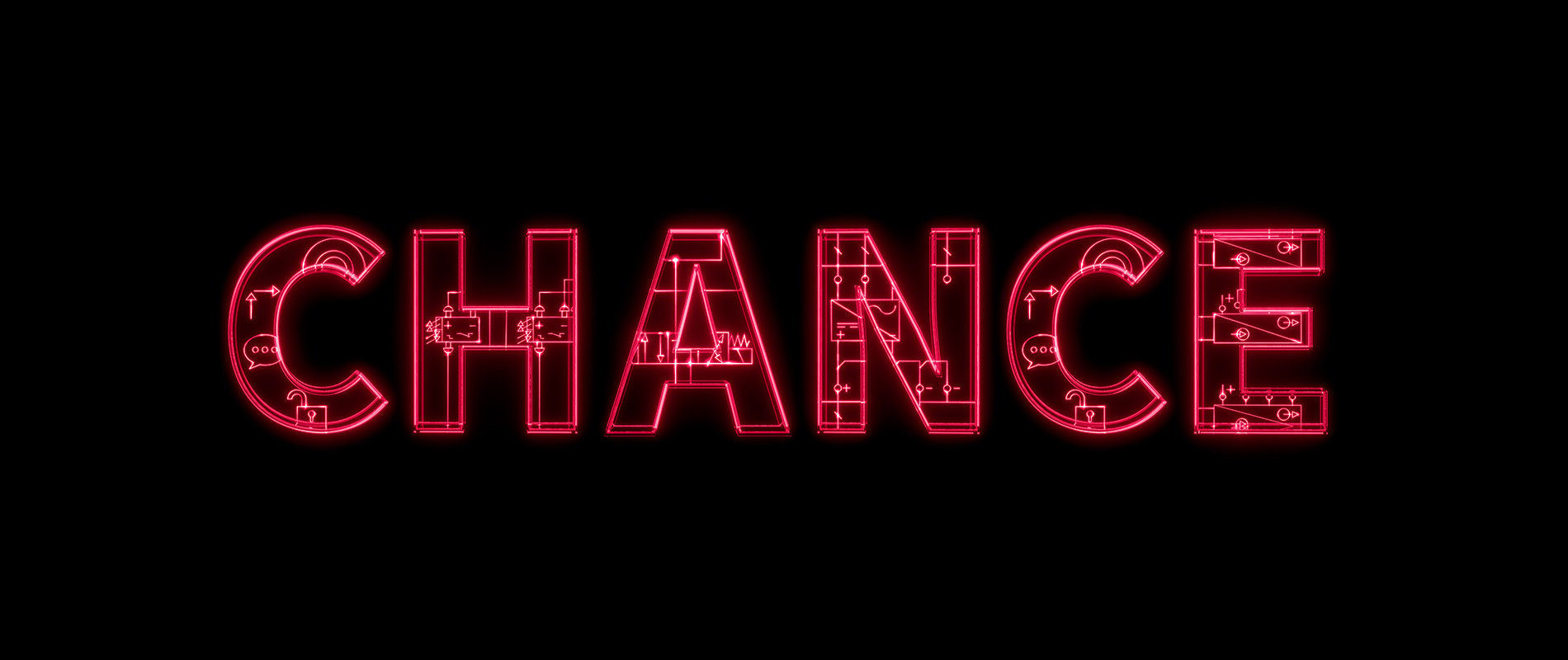Author of this article
Out of the freezer! Change as part of a corporate strategy
Why, according to expert estimates, do 70 percent of all change projects fail? "If a company wants to avoid perceiving new conditions and challenges as a threat but seize on them as an opportunity instead, its ability to change must become part of the company's DNA and firmly ingrained in the corporate culture," says Stephan Stockhausen, Change and Collaboration Coach. Managing change is not enough. It's about reflecting, acting and stabilizing the result.
The psychologist Kurt Lewin describes this change as a process of change in three phases. His model is based on the assumption that there are forces in every organization that drive change and those that prevent it. Normally, both sides balance each other out to create a balance.
Phase 1: Defrosting to identify common vision and value creation
To bring about change, the balance must be thawed (unfrozen) by strengthening the driving forces and reducing the blocking ones. The goal is to create a willingness to change. "There must be a pull that draws employees under its spell and in which they want to participate," explains Stockhausen. This can only succeed if the employees have a clear common vision and deal with their own value creation. In this way, significance is created.
According to scientists at the University of Innsbruck, experienced significance goes hand in hand with feelings of independence and competence. It has a positive effect on the sense of life at work. In addition, it is important that employees devote themselves to substantial topics. If the management team plans the transformation without actively involving the employees, it runs the risk of encountering "resistance from below" during the implementation and of formulating excessive expectations. If, on the other hand, only employees at the lowest hierarchical level are involved, the potential for change may not be fully exploited due to a lack of comprehensive knowledge. The optimal approach is therefore in the middle.

Phase 2: Change - Managers as active drivers for the learning process
Now the actual change takes place, the new behaviors are practiced. "As a child you learn to walk, swim and paint," says Stockhausen. "These are all things we cannot do at first. But we are curious, try it out, fall down, get up again and try it again. We find it normal to fail." When we enter school, man breaks with this natural gift. "Mistakes are eliminated with the red pencil and achievements are measured against an ideal measure," says Stockhausen. For companies, this means finding their way back to an environment where failure is allowed and experimentation is desirable. "Managers can support this by supporting the active drivers of the change process and communicating progress and interim results transparently to everyone," advises the coach.
Phase 3: Freezing to maintain change
When the new state is reached, phase three begins: freezing. The aim is to keep the new state and not to fall back into old behavior patterns. This is the only way for the company to remain open to new ideas and - like a chameleon - react to the influences of its environment. And they are certain. Because nothing is as constant as change.


Comments